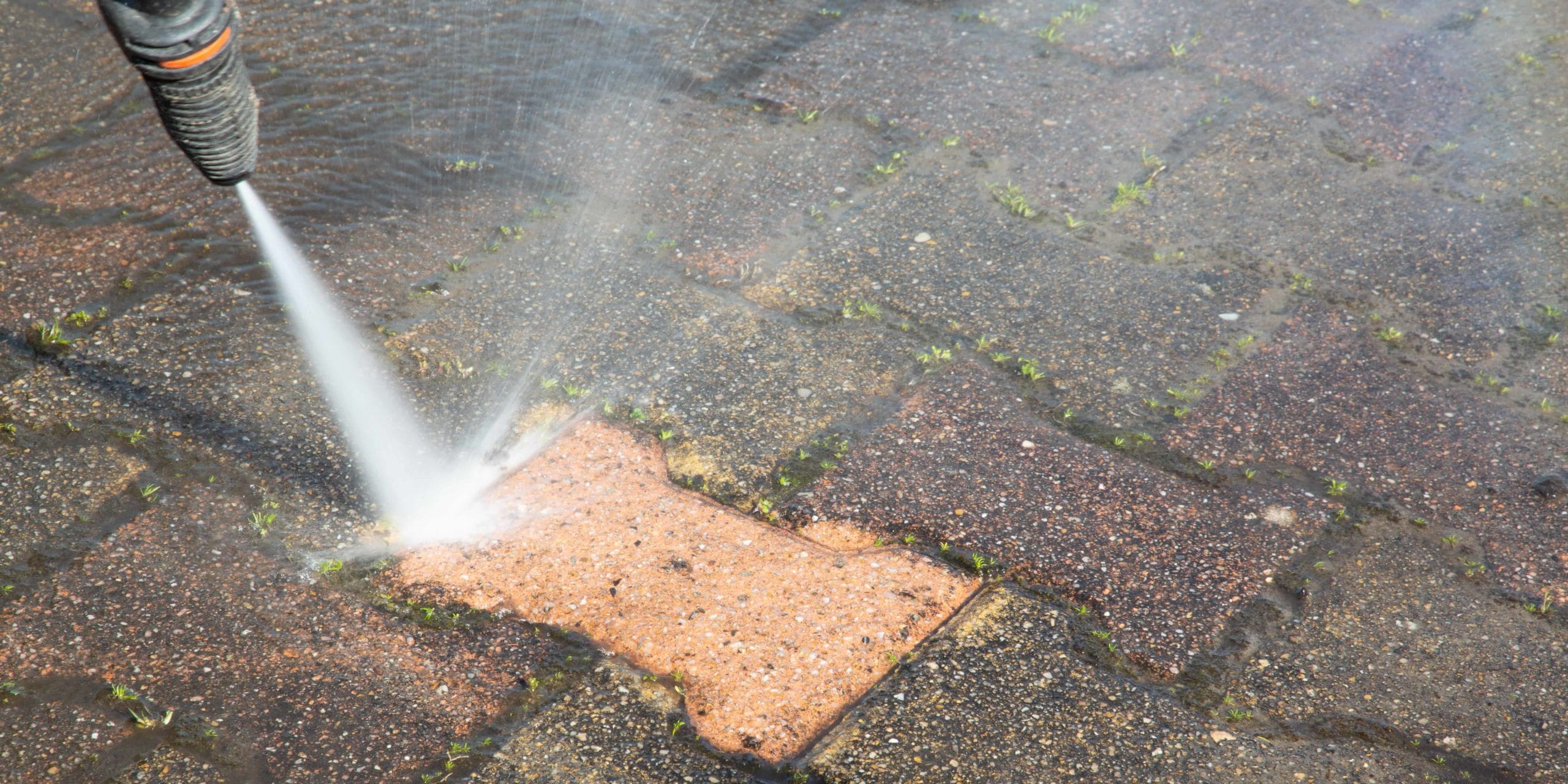Brick
Due to its porous nature, brick can easily absorb cleaning solutions and detergents. To avoid this, make sure to spray the brick surface down with low-pressure water first. After doing so, apply the detergent using a low-pressure nozzle. Switch to a suggested 25-degree nozzle to rinse off the detergent after letting it sit for 5 minutes. When it comes to brick surfaces, the idea is to use more detergent and less pressure (soft washing). Too high a pressure can destroy the mortar and knock bricks loose.
Stone
Pressure washing stone must be done on occasion to prevent damaging the material. For basic cleaning, apply detergent to the area and use a fan nozzle tip to rinse it down with low-pressure water. Bleach can also be used to remove dirt, stains, and algae. Make sure to use plain bleach with no added detergents or chemicals. Thick bleach is not recommended. After applying thin bleach, rinse it thoroughly using low-pressure water fed through a fan tip.
Tile
Tile surfaces can benefit from power washing, but there are many considerations you must take into account. Don’t use a power or pressure washer on tiles with gaps as the water can quickly find its way into the openings and cause mold to form. Too high a pressure can also damage caulked seams and grout, so make sure to use a safe pressure level along with a low-pressure nozzle. Power washing is also not recommended for porcelain or ceramic tiles.




